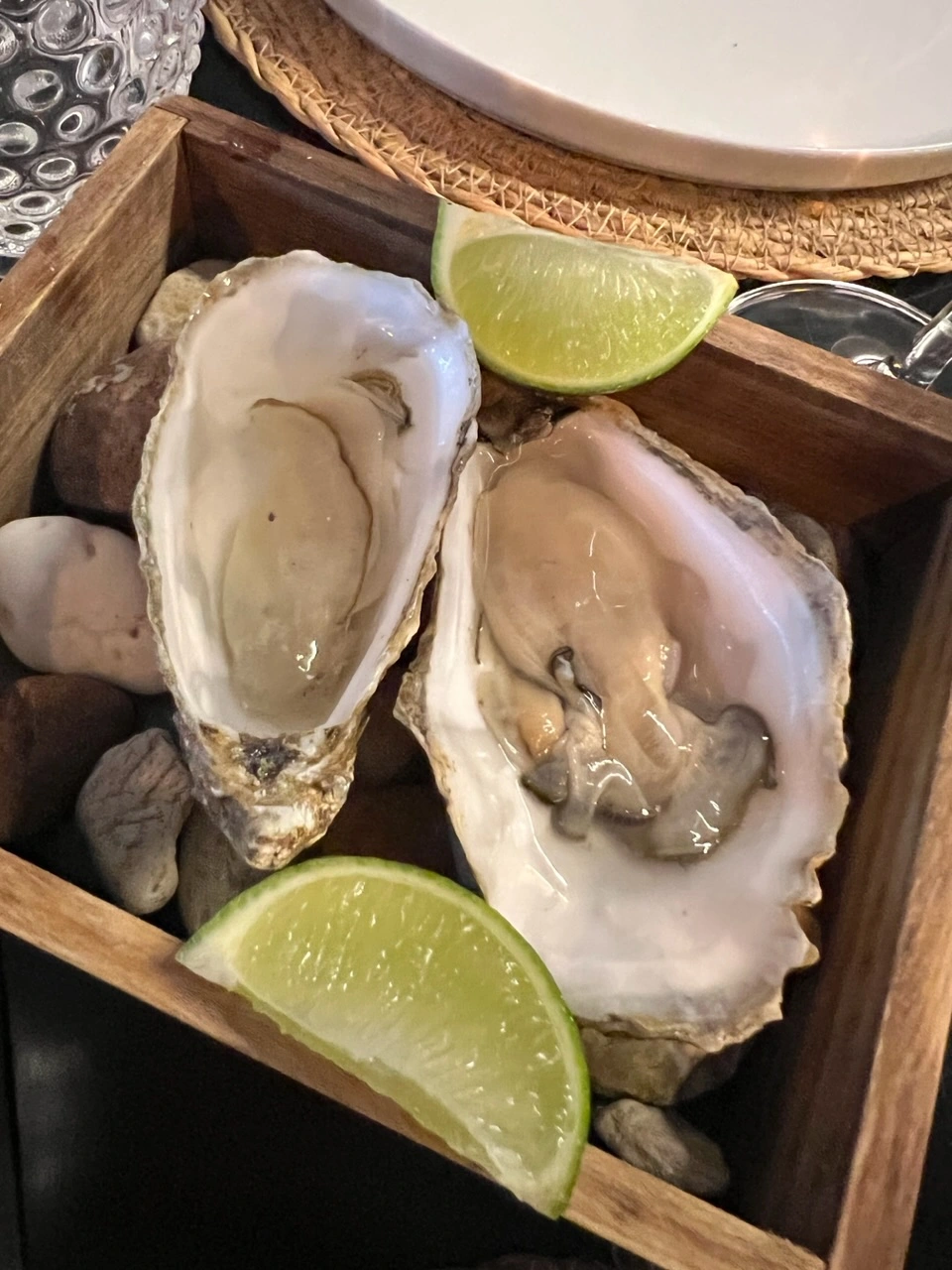Damnit, I have 228 liters of dirty water…
Sounds like you need two oysters
Good thing the 2nd oyster is free if you call now!
But if I have 2 oysters they’re gonna over clean the water or the second oyster is just gonna be wasted on only 1 liter of water.
You will have room for future expansion. The oysters filter water every day.
Get 1 1/227 oysters.
Holy shit you’re a genious!!1
okay but how do i stop myself from eating the mollusk? thats barely 100 kcal
Oh, shucks
Eating the mollusk will enable you to drink the dirty water and have it filtered in your very own guts.
Let it filter the water and eat it afterwards.
does this hurt the oyster
Don’t think so, but we can make it painful if that’s what you want?
Can they scream? If not, can we make that happen?
Ohh for sure, we can do that, you want just “AAAAAAAAAAAAAAAAAAARRRRHRHRHRHHHHHHHHHHHHHH” type of basic scream or you want it to go into specific details on where and how it hurts?
Both at the right decibel to not cause pain to the human listener, but loud enough to be heard at a distance.
Femur breaker
they make pearls with the pain
Well you know what they say, can’t make an omelet without excruciating pain
I’m pretty sure this is just how they eat
Not really. You probably should avoid putting heavily polluted water through them though. They are the oceans waste buckets for poo water.
One of many reasons I don’t eat shellfish.
Pollution easily kills shellfish. If anything, that’s an indication that they are clean and from clean places. Oysters feed of phytoplankton, not waste/garbage and pollution.
More for me.
Shell fish is not to be harvested after storm water events due to the increased fecal matter/particulate content of rivers. So I should be good.
Yes, it can. It can clog their gills, making their feeding less efficient, or interfere with their reproduction through chemicals that leach from the plastic particles. Source: I study bivalves
Oysters actually need clean/unpolluted water. What they eat and clean is sediment, phytonutrients, and phytoplankton. Well at least that’s what I was tood by an oyster farmer. They clear the water which is good for the sea grass, and the small fish, which is good for the big fish and so on.
Will it take care of the nano-plastics for me or is that an upcoming firmware update?
Never buy a product based on a promise of a future update
it will, but please do not eat the oysters. However, even the oysters cannot save your from nanoplastics.
They are confirmed to be able to gather nano-plastics as larvae, and microplastic as adults, though no studies have looked at nanoscale particles in adult oysters from what I could find. They may ingest the plastic or package it up in mucus to expel as “pseudofeces”, trapping the plastic particles in the sediment. Source: I study bivalves
The 800 number is missing a digit. Now how am I supposed to get my oyster?
Well there’s only 10 options, try them all! (For science)
Yeah but that’d be giving in to Pierre Jules Cesar Janssen and we can’t be having that
I gotchu fam. It is 1-800-867-5309
227? I got 2x 230. They always make it so that it is just too little so you buy another one! Slimy scammers!
Found George Banks.
What do you recommend for a 1000L IBC tank?
5 oysters.
6, there be overage
You can offset that by changing the feeding schedule. Just replenish the tank with gray water every other day instead of daily and you should be fine with only four.
deleted by creator
You might find it hard in a closed system to maintain the alkalinity needed for them to thrive long-term! Source: I study bivalves
Would a little agricultural runoff help?
Hard to say without knowing its composition. If rich in ammonium, the nitrification (oxidation to nitrate) might lead to lower alkalinity. If rich in nitrate, it might help alkalinity, but only if there’s some lower oxygen area of the tank like a bank of sediment, where denitrification can happen
That’s a big ass bucket
All good, but it’s gotta be salt water. I guess I can use it to boil pasta or blanch vegetables…
How about mussels? Can they filter water?
The pearl industry hates this one trick
This si what science textbooks are going to look like in 20 years.
I before E, except after C.

I feel like most of those words would be pronounced very differently with IE
There are more words this didn’t work for than words this does work for…
Do freshwater oysters exist?
My freshwater tank looks like that one on the left after 10 days. Only 2 tetras and it’s 7gallon
It’s generally seen as pretty hard to maintain filter-feeding bivalves long-term in an aquarium tank, in terms of diet (diverse phytoplankton), pH/alkalinity, and substrate (many are pretty specific in terms of conditions in which they burrow). You might have better luck with Corbicula sp. (“Asian clams”) which are quite generalist in their food, even being able to deposit feed by scraping the substrate. They are however quite invasive, so please don’t release them into the wild! Oysters on the other hand are usually found in mostly brackish or fully marine conditions, and would likely not be able to thrive long-term in fully fresh water. Usually they can only survive short bouts of freshening. Source: I study clams
Thank you, magical clam knowledge provider!
claps valves sagely
Zebra mussels. Just grab em off any passing fishing boat cuz none of those bastards are cleaning up and they’re spreading them everywhere.
deleted by creator















